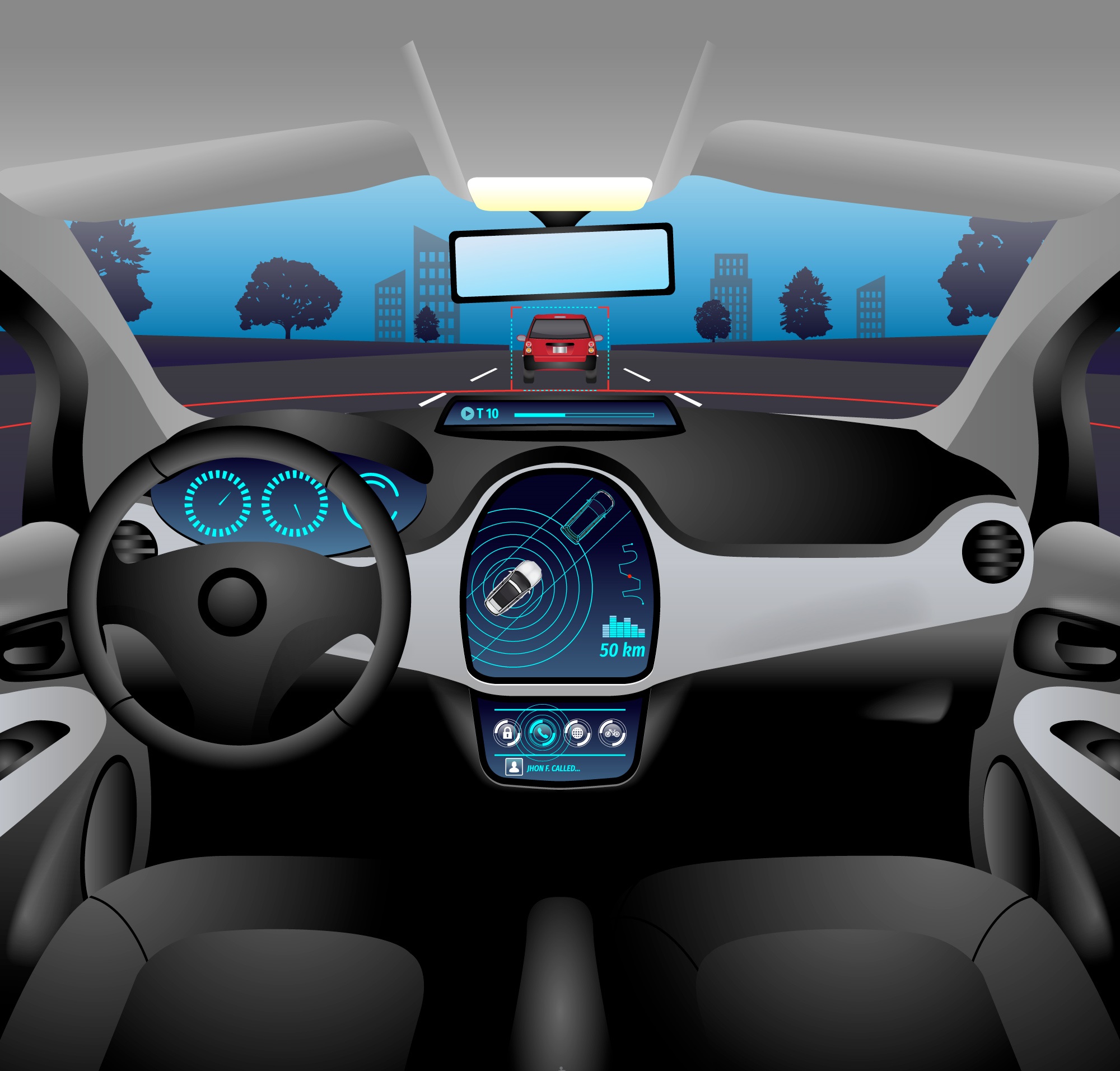
by David Redmond
Sometimes it’s fun to think of technology that could enable blind people in years to come. Self-driving cars once seemed like science fiction, but now they are slowly starting to become reality.
What is Waymo?
Waymo started its life as Google’s self-driving project, but it’s now an independent company under the Alphabet umbrella. It is probably one of the most advanced self-driving projects in the world, even operating a taxi service in some parts of the USA. Waymo One already operates in Phoenix, and will soon be launching in San Francisco and LA. It operates in much the same way as Free Now or Uber, with the major difference being that there’s no driver required. You order your Waymo, and the car will pull up as close to you as possible. You unlock with the phone app, which is Voiceover accessible apparently, and as soon as you hop in, the car will start speaking.
In the Car
Usually, in a Waymo car, you won’t have any driver. You’ll be told to put on your seat belt, and depending on your verbosity preferences the car will start describing the journey in much the same way as a satnav. It might say something like “waiting for intersection to clear”, or “turning onto insert name avenue”. If at any point you need assistance, Waymo has agents ready to help you. You don’t have a driver, but you do have support if needed.
Could blind people use self-driving cars?
They could and they have. Waymo has taken Blind people to where they need to go in the past, at times totally independently with no driver in the car. Waymo has no issues with service animals like guide dogs, and it could be argued that robo taxis like Waymo could play a big part in reducing blind people’s reliance on others.
Will self-driving cars come to Ireland?
We asked the Department of Transport for their views on the subject, and a spokesperson gave us the detailed response below.
“Connected and autonomous mobility (CAM) has the potential to transform our lives, particularly in terms of road safety gains, reduced emissions and congestion, and wider access to independent transport modes. There are very exciting developments in this area but the widespread use of such technology on public roads in Ireland may still be some time away.
The Government supports the development and use of safer driving technologies to reduce road risks and make our transport network safer for all road users. However, while autonomous vehicles generate headlines, it is connected – rather than autonomous – vehicles that may deliver greater overall road safety benefits in the shorter term.
Partial autonomy (where the driver of the vehicle must monitor the environment and remain engaged at all times) is already here, in the form of advanced driver assistance systems (ADAS), such as lane-keeping assistance, dynamic cruise control, collision avoidance, and emergency braking. Such technologies, which meet EU safety, environmental, and conformity of production requirements, are currently most suited to motorways and primary roads, rather than more complex environments. Accordingly, they are not yet sufficient to deliver all driving functions in all conditions.
Connected and autonomous vehicles (CAVs), which communicate with the surrounding environment and one another and drive automatically, have transformative potential, but a great deal of development and testing remains to be done, in both international and Irish contexts. The Department is aware of autonomous taxi pilots, such as those run in California and Arizona. It is understood that these trials tend to operate in restricted geographical areas and at certain times only. The results so far indicate, given the issues arising, that the safe and reliable use of fully autonomous technology on our public roads is still some years away.
The Minister’s primary concern is always road safety and legislative changes will be required to support the development of autonomous vehicles and to allow for their safe use on Irish roads. Initially, the Department of Transport, with other departments and agencies, will consider a legislative framework to allow the safe testing of autonomous vehicles in public in Ireland. This work will include the development of a national strategy for connected and automated mobility, and the development of legislation to allow for the testing of automated vehicles on public roads.
The Department will also be monitoring developments elsewhere, in relation to, among other things, ongoing monitoring of CAV safety and roadworthiness, so that the benefits of safe and reliable connected and automated transport technology are available to all road users, including those, such as blind or visually impaired people, who do not currently have access to independent transportation”.
Spokesperson, Department of Transport.
What do you think?
Would you take a taxi that drives itself? And how much would you be willing to pay for a self-driving car of your own? I’m sure it will be expensive at first, but who knows what the future brings.



